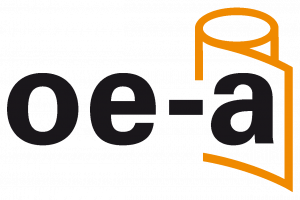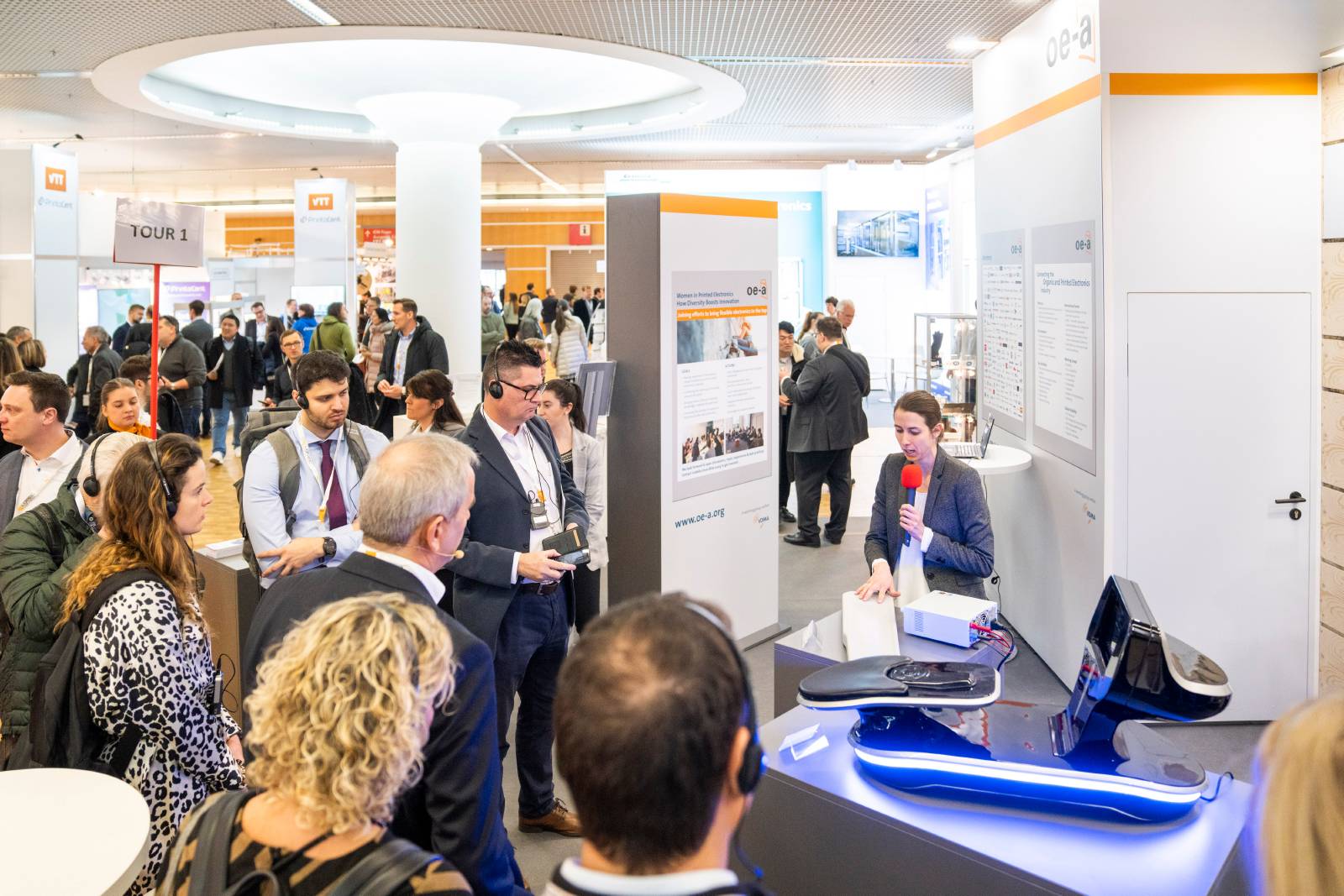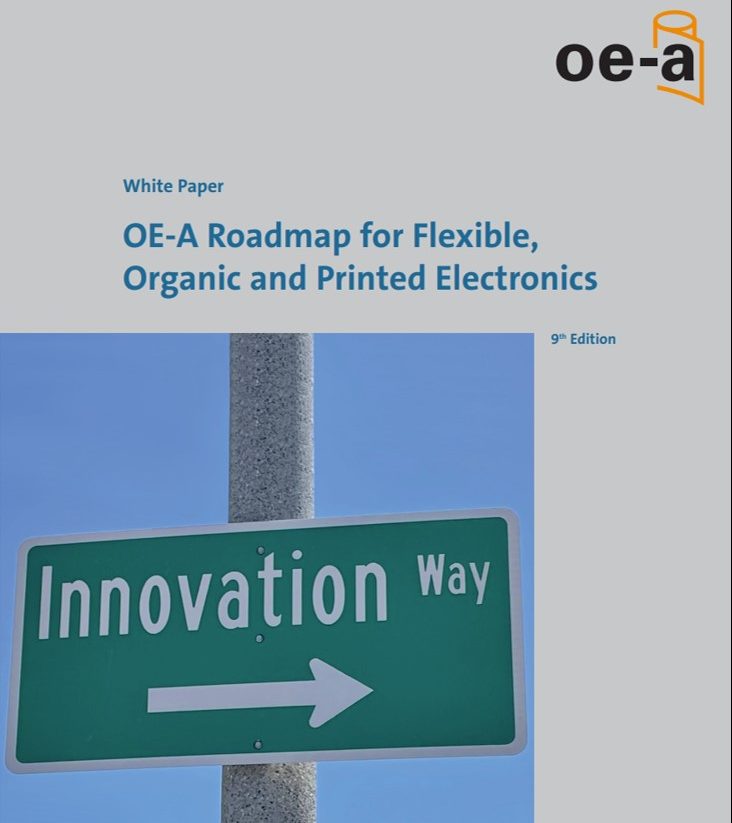Take a look at the attendees of a major printed electronics event like LOPEC and you will certainly agree that we are part of a male-dominated industry. Together with its partners from the OE-A, OPE journal decided to shed light on this issue by interviewing well-known female experts from the PE community: Andrea Glawe from KROENERT, Corinne Versini from Genes’Ink and Sophie Isabel Verstraelen from the OE-A
OPE journal: Why are women less frequently pursuing a career in technological fields?
Andrea Glawe: Even in the modern world is it still difficult to work in the technical field as a woman. We see increasing numbers of women in technical occupations but at higher positions women are very rare. At KROENERT we try to promote equality in order to improve the situation, and we have a percentage of nearly 30% of women employees in engineering and the design of machines.
Corinne Versini: In France, the girls at primary school, sometimes even in kindergarten, are encouraged to choose a traditional career like nurse, hairdresser etc. Therefore, technology appears like a distant dream to many girls … The feminisation rate is 28.2% among engineering students. But this average conceals disparities: some types of schools have less than one fifth of women in their ranks. Examples are the National Engineering Schools (ENI) or the National School of Arts and Crafts (Ensam), where the female presence rate drops to 14%. The most renowned establishments are not the most feminised. The Ecole Polytechnique – which waited until 1972 to accept women – has only 18% female students. In the engineering courses, its major rivals, the Ecoles des mines Paristech or the Ecole nationale des ponts et chaussées, do hardly better with 20% of women.
OPE journal: What can be done to encourage more women to pursue university degrees in STEM?
C. Versini: In my opinion, this is a matter of culture and education. If we continue to offer dolls to little girls and educate them towards being sweet, this kind of seemingly ‘tough’ career will never attract them.
A. Glawe: It is necessary to start at the basis. We have a very interesting network in Hamburg called MINT (Girls in scientific and technical professions). KROENERT has been supporting this network for many years and we see increasing numbers of female apprentices in our company.
OPE journal: When women decide to pursue a career in the technological fields, are they welcomed with open arms or are they rather having a harder time than their male counterparts inside the companies?
A. Glawe: Women are still less accepted and they need to work harder in order to reach the same acceptance than men for the same position. There are still lots of preconceived opinions that women have less technical understanding. I am the responsible sales director for Asia. In most of the countries I am responsible for (Korea, Japan, Taiwan), I am still the only woman in meetings. In such a situation it often feels uncomfortable to discuss technical topics even though my knowledge is equal.
C. Versini: Especially in the first days, French engineering schools have hazing practices for new students which are especially difficult for girls. A female student, for instance, publicly shared her story of hazing with sexually explicit aspects. She was also forced to drink alcohol against her will. Obviously, such things are totally illegal and scandalous!
OPE journal: How can companies actively create a climate in which equality thrives? What is already being done, and what may still be missing?
C. Versini: Some actions are very easy to achieve, especially in favour of pregnant women. Although this would be not much more than a symbolic gesture, it could send a strong signal for all female employees! At Genes’Ink, we have an ethical charter for the company. Under the slogan “Respect ethics on a daily basis”, it provides guidelines on communication, respect of laws and local practices, diversity, sexual harassment, respect of privacy, health, hygiene and safety, to only name a few. We fight discrimination and promote equal treatment and opportunities at work. Every employee is actively encouraged to express their creativity.
A. Glawe: KROENERT does not make a difference between women and men. The person with the better qualification for the job will get it. But this is not the case everywhere. I know many instances, where a man was favoured even though he was not better or higher qualified.
OPE journal: How would you describe the degree of “permeability” within tech companies in regard to women in leading positions? Are quotas helpful at all?
A. Glawe: We see a very low percentage of women in leading positions but leading companies like Airbus and Solvay prove that women can successfully occupy top positions in the same way as men. Quotas will not help. Conviction and acknowledgement are the only effective way.
C. Versini: The degree of permeability is very low; the glass ceiling is very robust and present in all sectors. To offer you some numbers: Of the SBF 350 in Europe only 4% of the CEOs are female, of the SBF 500 in the USA only 5%. Unfortunately, I think thatquotas are not efficient; nevertheless they should be mandatory.
OPE journal: What else could be done to further promote equality on the management level?
C. Versini: At the European Commission level, an idea could be to finance projects in a privileged way, where parity is respected. For example, when two projects receive the same score, the project with the greatest possible parity would be selected.
A. Glawe: We have to fly our flag like we are doing with this interview and we have to convince young women about the versatility of technical professions.
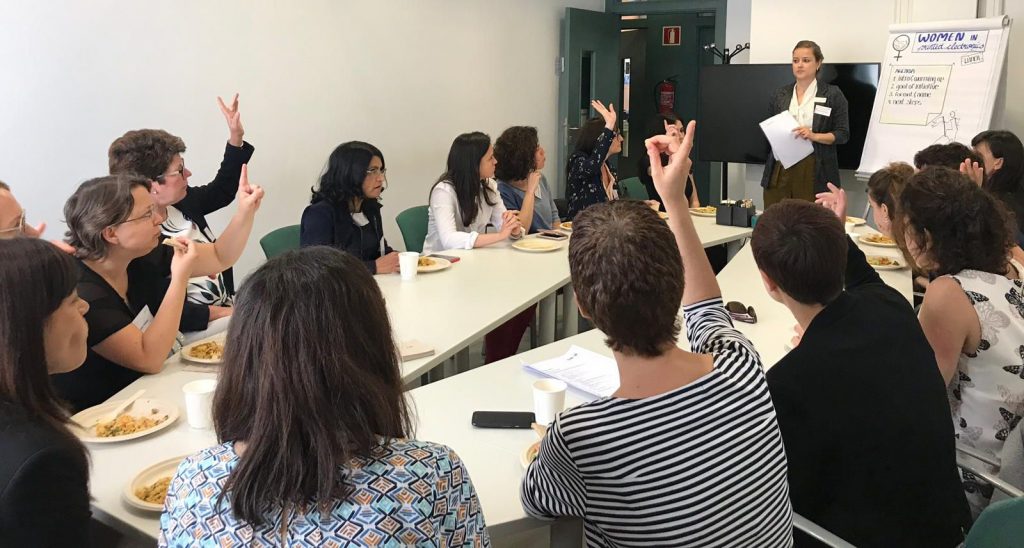
OPE journal: Miss Verstraelen, can you introduce the activities of the OE-A that are intended to attract more women into printed electronics?
Sophie Isabel Verstraelen: Gladly. I set up the OE-A initiative “Women in Printed Electronics” in spring 2019. In the process, I asked the very active female OE-A members Corinne Versini, Andrea Glawe and Neus Sabaté for their support and involvement.
A. Glawe: We were very surprised about the great interest and encouragement for our activities. During the last meeting in October 2019 we had great discussions, even involving men.
OPE journal: Why is it beneficial to have more women on the table when important developments or decisions are being made within a company or institution?
S. Verstraelen: As already mentioned, it is no secret that women are still underrepresented in technology sectors. We are convinced that there is the need for more women in the printed electronics world in order to bring more and other impulses, knowledge, creativity, as well as experience. This will further strengthen and boost the printed electronics technology and industry.
A. Glawe: Indeed, women are often more creative – or let’s call it aesthetic – than men. This is making the technological world more versatile, flexible and open minded. Theoretically, there should be no difference anymore between women and men in technical professions in a modern world.
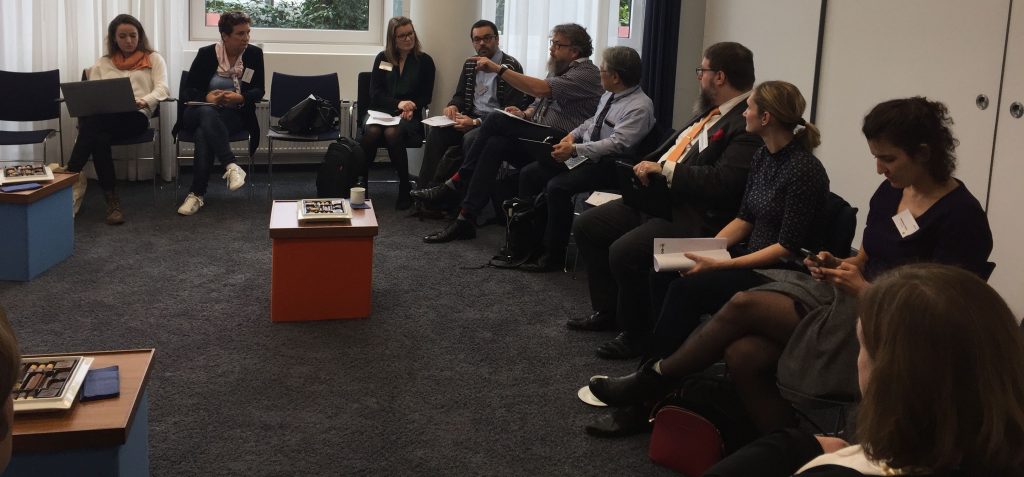
S. Verstraelen: In order to be effective, human innovation needs two factors: a will and creativity. One is a conscious action; the other is an unconscious human capacity. This thriving combination has boosted technological innovation in many fields. Printed electronics has already reached many industries and is successful in numerous fields. Nevertheless, there is a great potential for possibilities and innovation waiting to be discovered. As an industry grows, especially during a time when innovation is booming and skills are in high demand, offering an attractive workplace for all is essential. Indeed, commitment to equality and inclusiveness is becoming a competitive differentiator for areas seeking to attract and retain a new generation of talent. The laws of economics and many studies of diversity tell us that if we tapped the entire pool of human resources and talent, our collective performance would improve. It is up to us to demonstrate that diversity enables us to innovate more, better and in a healthier way. Printed electronics also has so much potential because it does not stick to old and “rigid” concepts but creates new, pioneering products through the cooperation of different disciplines, breaking up all thought patterns. These rigid thought patterns can best be broken by bringing together as many different points of view and impulses as possible. Currently, our field of technology is rather dominated by men and we believe that a lot of new impulses and movement can be created by exchanging ideas together, in a more diverse setting. Therefore, we would like to encourage more women to enter the world of printed electronics in order to enrich future discussions with creativity, intuition, knowledge and experience. This will certainly help to strengthen and innovate the printed electronics technology and industry.
OPE journal: How can organisations like the OE-A influence this development in a positive way?
A. Glawe: The OE-A is a very international network. We can reach many different players along the entire value chain of printed electronics in the whole world. We can demonstrate how interesting this market can be for women and men in general. We can reach people in Europe, America and Asia. This makes the organisation truly unique.
C. Versini: Most of the time, male employees are not aware of existing discriminatory practices, conscious or not. Therefore, it is important to publish information on different aspects of discrimination.
S. Verstraelen: OE-A creates various formats for an open dialogue with both men and women in the field of printed electronics. We encourage discussions, support and involvement as we will only be able to tackle this complex challenge together. After two successful meetings in Barcelona and Frankfurt last year, OE-A organises the panel discussion ‘Women in Printed Electronics – How diversity boosts the printed electronics industry’ at LOPEC 2020.
For more information visit the OE-A Women in Printed Electronics page or contact isabella.treser@oe-a.org
